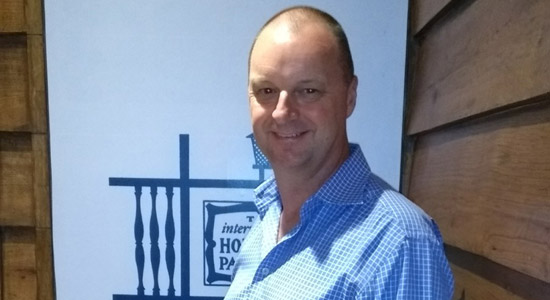
What is the whole idea which made you bring IHOP to India? How much time did it took to execute the plan?
It took more than two years. We have been looking for India since last three to four years as India is a huge competition. India is probably the most competitive market in its different regions itself as different region has varied food tastes and I’m overwhelmed with the fact in terms of providing the range of food which I hope people would like. Even the development of omelette and pan cakes to the taste of vegetarians took almost two years. And, in order to change that formulation and the development, IHOP needs to stick with that formulation because I firmly believe that IHOP makes the best pancakes in the world and that is why it can’t be different. We are now working in India, we also work in United States so it’s just not we found things and did things. We are going through a defined process. We didn’t work in a rush. We knew that it would ruin things because you only get one chance for the first impression. So, we really wanted to make sure that whatever we do in India especially pan cakes remain exactly the same. In the development of restaurant it’s the new format of restaurant called California Heritage, the idea is to give people the feeling of California i.e., the sunshine, the beach, the light, the freshness and the location of the restaurant we have chosen.
What kind of concept you are keeping for IHOP in India?
I think the emphasis is on casual. We make everything. You order something and we make it and that’s the part which takes a little bit time. Now we are not slow but you should be getting food on your table within 10 minutes which we think people are happy.
How much standardisations you have done keeping in mind the Indian customer?
We tried to keep this as close as possible. One of the things on the menu which you have here is lamb omelette, In US its beef omelette so we have substituted lamb with beef.
Why did you choose Gurugram as location and what are your expectations from this particular restaurant?
This place is modern and filled with young people and I like young people because youth set trends, set expectations. We like Cyberhub because it’s a very busy area. A lot of people are interested in this area either meeting up with friends or corporate meetings. You just can have something to eat anytime here. We expect to open few more here after observing what the demand and lifestyle is.
What were the criteria before you entered into franchising?
First and the foremost thing is love for the brand because it takes a lot of time, effort and energy and then experience. We want someone who understands business, understands what to supply, keep everything in right format, right team of people and one who has capital, there are a lot of factors which have to come together to set up a restaurant. And, we are happy to partner with Kwal’s group for North and South India.
What were the challenges setting up the restaurant in India?
I think we need to work with the internal policies in India and we have to work within the infrastructure from the government point of view. All I can say that restaurant generates generally very good employers. A restaurant is a neighbourhood to the local area which tends to employ people from near. And, people who work with restaurant generally know who come in the restaurant; they form their own community and in the US 11 per cent of work is employed by restaurants.
How did you see pricing of your menu?
I believe that it’s affordable. By being affordable, we are not cheap. We are charging over the things which we believe is worthy. Whenever you see a product on the table, you’ll find it bigger than people are used to. It’s a game that we stuck with. The idea is not to bring the price chart down but charge what we feel worth pricing for. We are charging which we feel people are happy paying.
What are your future plans?
We are probably looking to open chain of restaurants in Delhi area and then expand to Bengaluru and the South region. One needs to be careful about how they expand because you don’t want to break the formulation and the system. We want to open other restaurants with the same structure as we have here.
Copyright © 2009 - 2024 Restaurant India.









